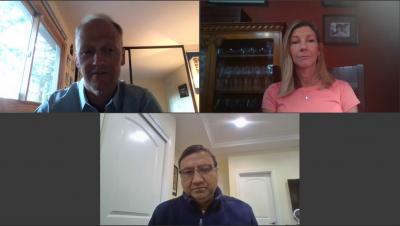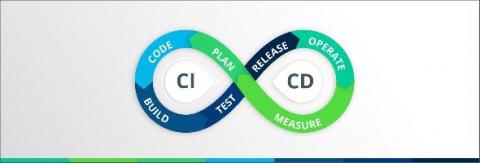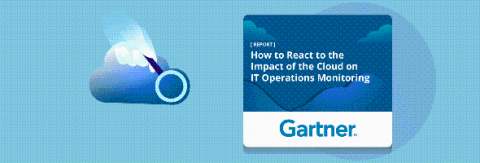Considerations for Product-Led Growth in Enterprise Software
Product-led growth has become a popular go-to-market strategy in the digital age. In its superlative form, everything a company does from marketing, sales, operations, development and support is driven by and through the product. The goals are to make products easier to acquire, onboard, use and achieve quick time to value. The product-led growth market strategy revolves around the user and is best geared toward engaging with smaller accounts rather than large enterprise companies.











